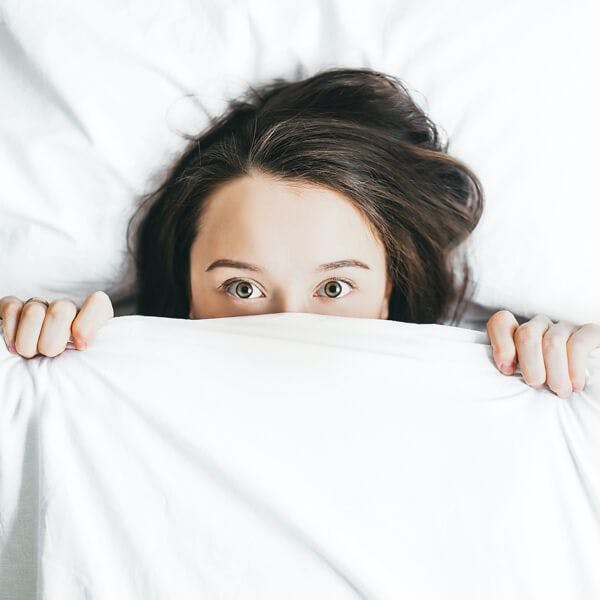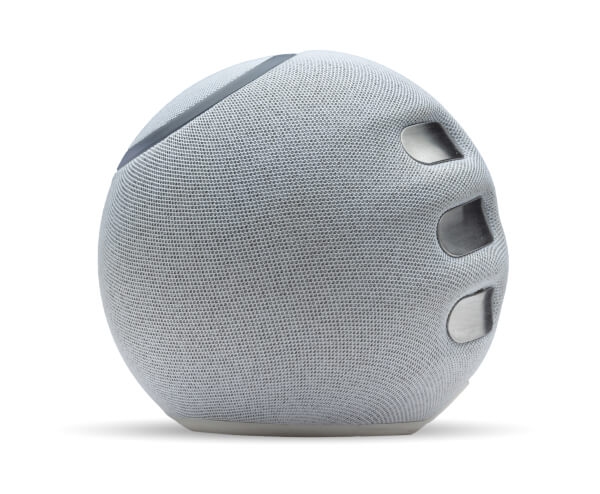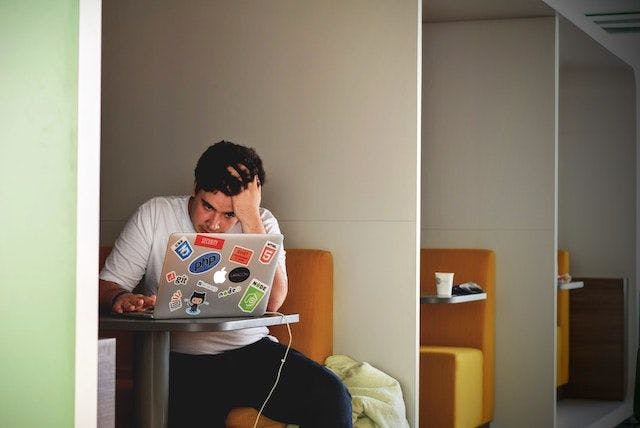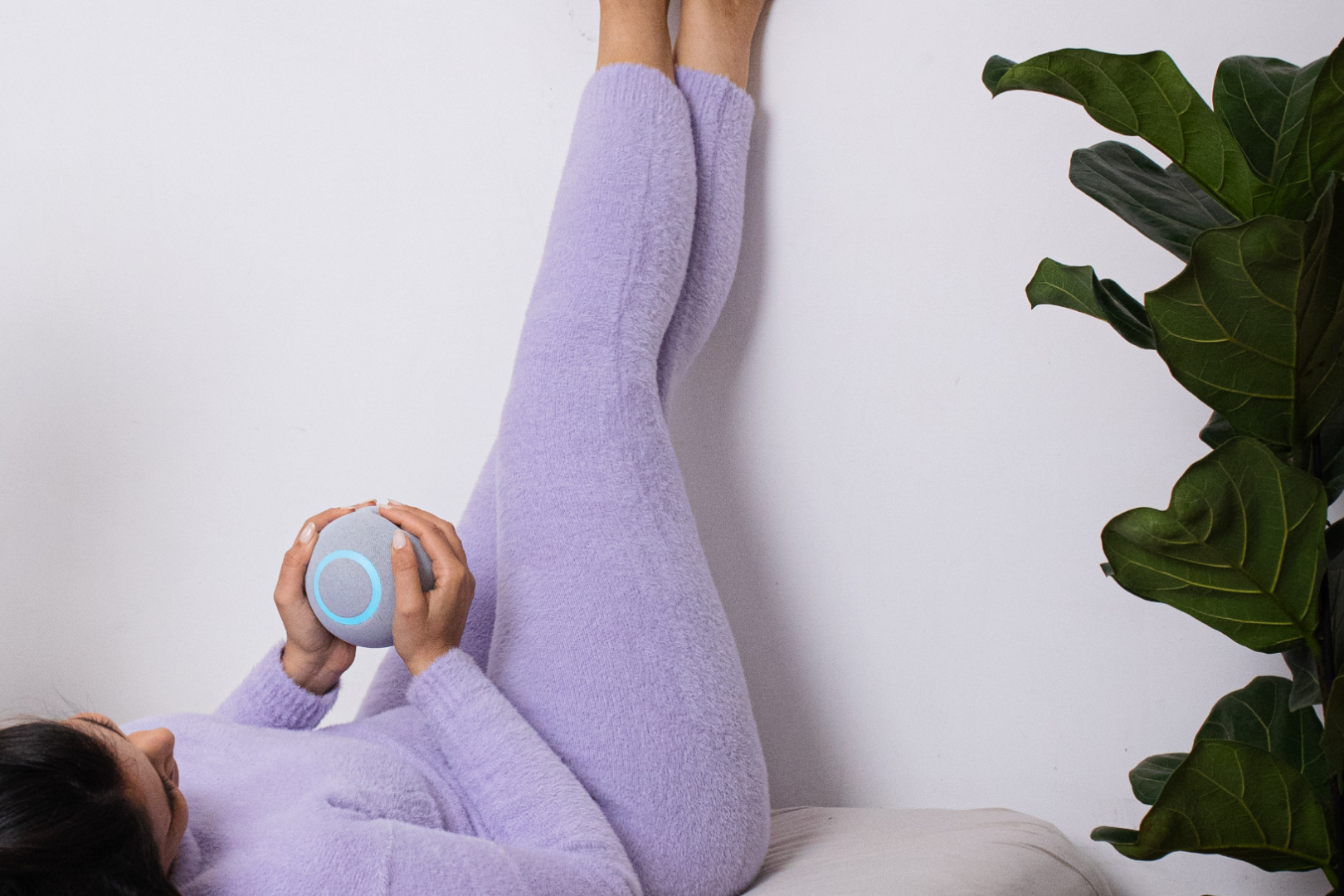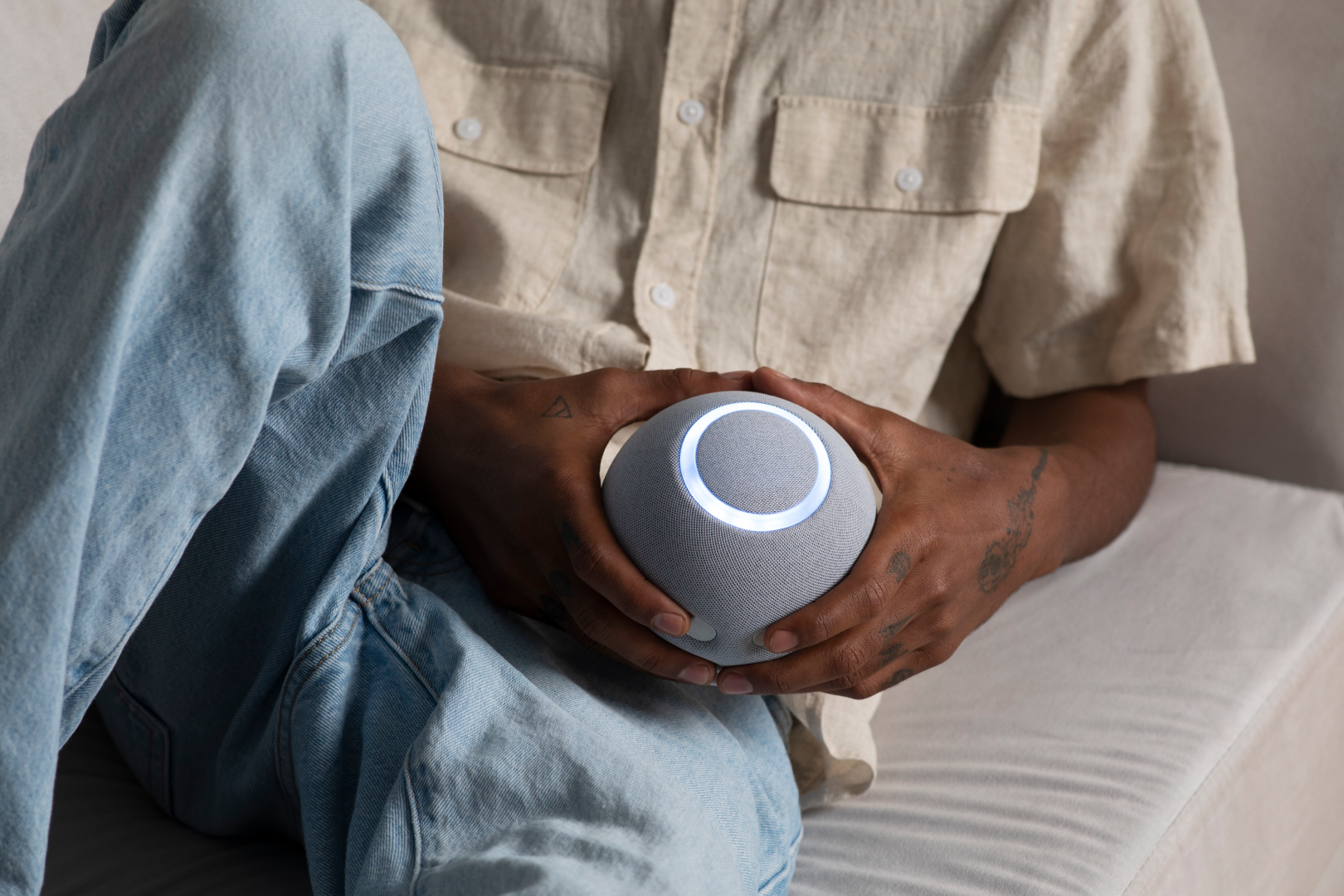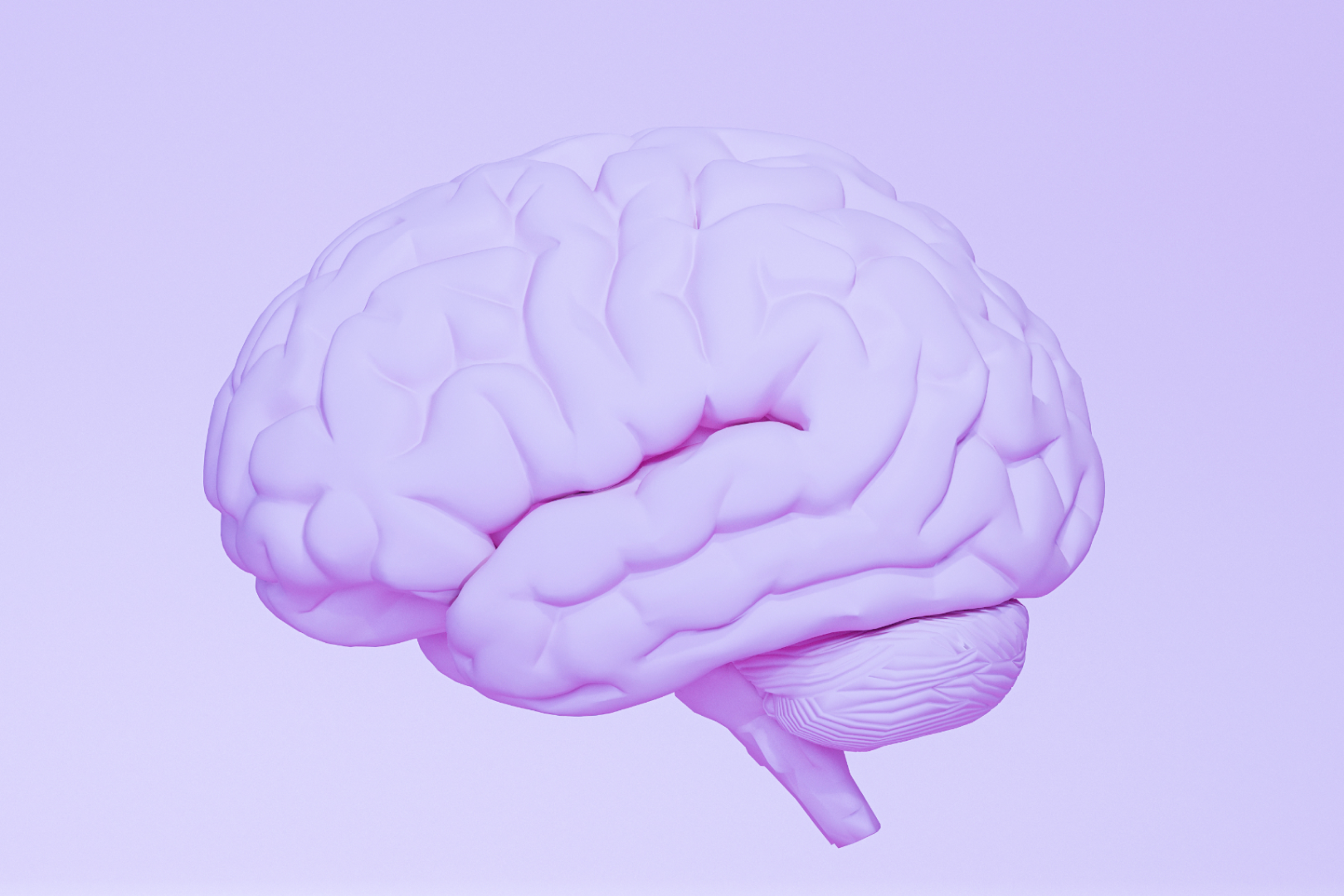Spoiler alert: the science says it does.
40 million Americans are anxious, and a global pandemic that seemingly won’t end is understandably making it worse. Anxiety, often accompanied by depression, is not only an American issue but a global phenomenon.
Over 4% of the global population (275 million people) face anxiety - and these stats are pre-2020. It doesn’t come as a surprise with the countless triggers people face every day such as the climate crisis, political unrest, uncertainty about the future, not to mention work stress, and interactions with others.
Personal relationships, whether it be at the office, friendships, or romantic partnerships may also influence your mental state, how you cope, and how you face anxiety. When your brain is overstimulated, it’s experiencing what the medical community often calls “abnormal” brain waves.
What this really means is that these brain waves have different ranges compared to a brain, not in this overstimulated state. These variations in brain wave activity are why you may experience spiraling thoughts, a rise in heart rate, sweaty palms, a tingling sensation, or the feeling that you’re on a rollercoaster (when you’re actually just sitting at your office desk.)
It’s often considered “normal” to react to certain situations with anxiety, but when your reaction is disproportionate to the event that’s triggering it, anxiety can become debilitating.
So what *actually* happens to your body when you feel anxious?
Say you’re off to a late start on an assignment - and you feel your heart rate increase as you focus on “getting things done.” The part of your brain that triggers the “fight or flight” response when faced with fear or threat (in this case, the deadline), starts releasing cortisol, the “stress” hormone which motivates you to complete the task.
This sudden release of hormones activates the sympathetic nervous system, resulting in anxiety and its symptoms such as quickened breathing or brain fog. In contrast, when your body and mind are in a state of calm, also known as “the relaxation response,” the parasympathetic nervous system takes charge of your body and blocks your body’s response to stress.
This is when you begin to feel your heart rate and breathing slow, your blood pressure decrease, your muscles relax, and you experience a state of calm like you’re at a spa or a beach vacation (if that’s your thing).
So how do you get from sympathetic to parasympathetic?
In other words, how do you get out of the loop of anxiety and into a state of calm?
Understanding how to activate the right balance between the sympathetic and parasympathetic nervous systems is key to managing anxiety. That’s where biofeedback comes in, it lets you kick in the relaxation process right when you need it.
Biofeedback is a mind-body technique that allows you to self-regulate your physiology through the use of external devices that offer an inside look to your internal processes. For example, a device such as a watch can measure your heart rate variability, and allow you to see your heart rate increase and decrease.
By observing the activity you were doing when your heart rate went up, you can assess what triggers you. In this same way, you can learn how to bring yourself back to calm based on what you were doing when your heart rate was low.
Heart rate variability biofeedback has proven to be a promising approach to treating stress and anxiety. Together with mindfulness, another study showed biofeedback also significantly reduced anxiety levels in nursing students.
For Biofeedback, repetition is key
As with learning any new skill, practice, repetition, and feedback are essential. The same goes for using biofeedback to handle anxiety. Whether you’re struggling with social anxiety or panic attacks, biofeedback allows you to get back in the driver’s seat when it comes to steering your anxiety.
By literally seeing how your body physically reacts when you practice guided breathing exercises, repeat a mantra, or think happy thoughts, you’re able to learn about your mental process. In the beginning, biofeedback may even bring mental processes to the surface that you weren’t aware of.
Say you pick up the phone while you’re using a biofeedback device, or decide to ignore a ringing phone, you’ll be able to see how these events affect your mental state - a situation that, were it not for the biofeedback device, you may have brushed off and had to deal with the subsequent anxiety this brought on later.
This is why we designed Reflect, a biofeedback device for meditation that allows you to practice biofeedback as often as you want, and in the comfort of your home. It’s a biofeedback device that can be used to keep anxiety at bay through biofeedback.
With an interactive experience that takes you on a meditative journey and light cues that train your brain to decrease anxiety, Reflect helps you learn how to bring yourself back to calm and offers the opportunity to train yourself to remain so.
Reflect empowers you to take care of your wellbeing, and be there for yourself in your most anxious moments.
